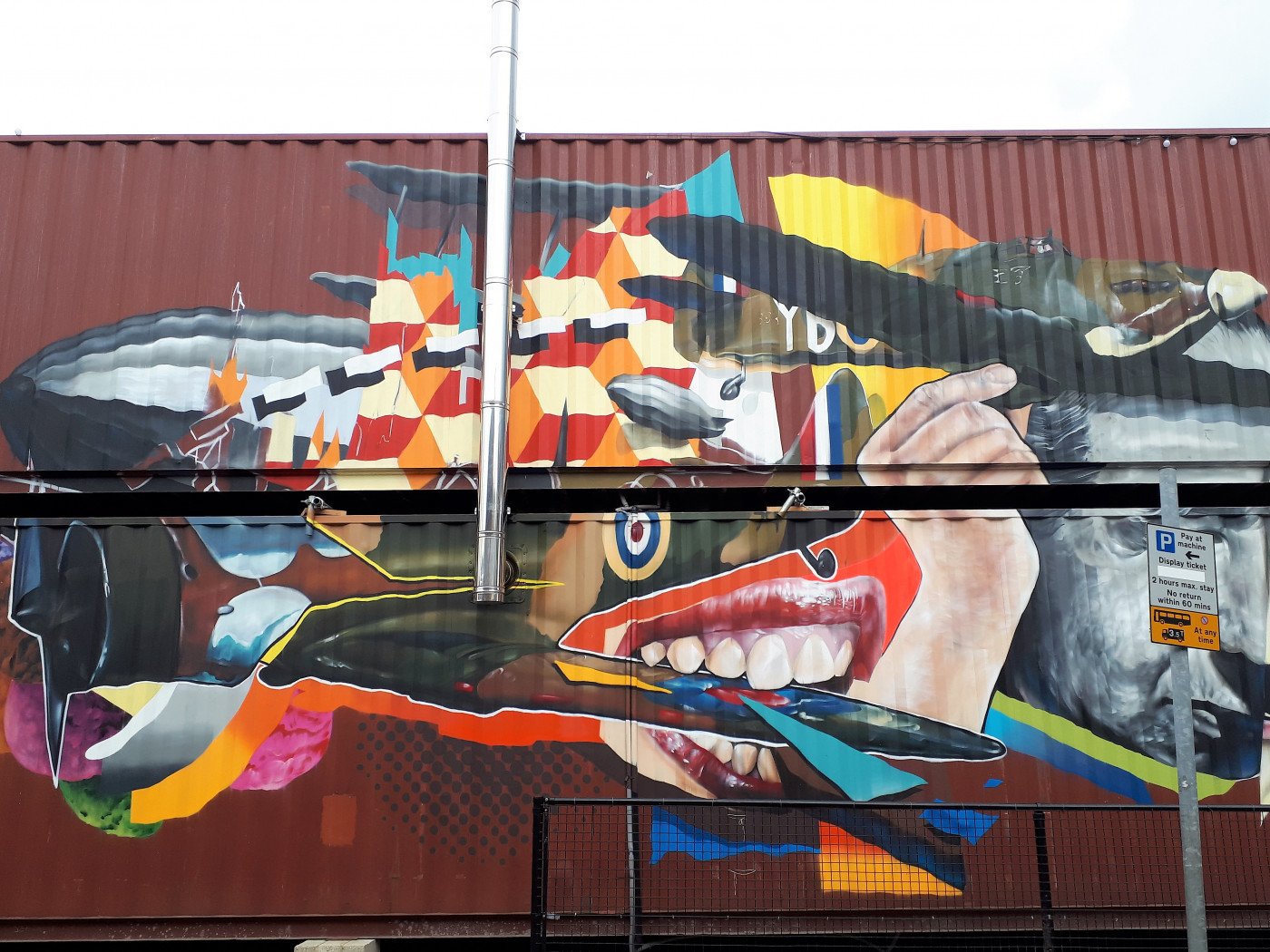
Spark is a dynamic space where trendy upcycled shipping containers house street food vendors and quirky retailers (Spark)
Founded by the Romans almost two thousand years ago, the city of York annually attracts seven million tourists. It’s not hard to see why: the city’s meandering backstreets and secret snickelways are jampacked with quaint shops, restaurants and pubs that hark back to a bygone era. The City Walls encase York’s historic heart, and a stroll along them provides picture-perfect views of the city in all its chocolate-box prettiness. The Yorkshire Museum, The National Railway Museum and The Jorvik Centre are well-known cultural institutions and old tourist favourites. Founded in the 7th century, York Minster is one of the largest cathedrals of its kind in Northern Europe and stands as an icon of the city that can be seen from miles around.
York’s palpable sense of history is undeniable, and is part of what makes the city appealing to the hordes of tourists that can be found taking photos on the Shambles or in front of the Minster on any day of the week. In spite of (or perhaps because of) its picturesque charm, however, York has lacked the contemporary cultural standing associated with nearby Leeds or Manchester. Often regarded as old-fashioned and perhaps a little bit twee, York has a firm reputation as a nice place for a day out. But as somewhere to see contemporary art, film or music? Not so much.
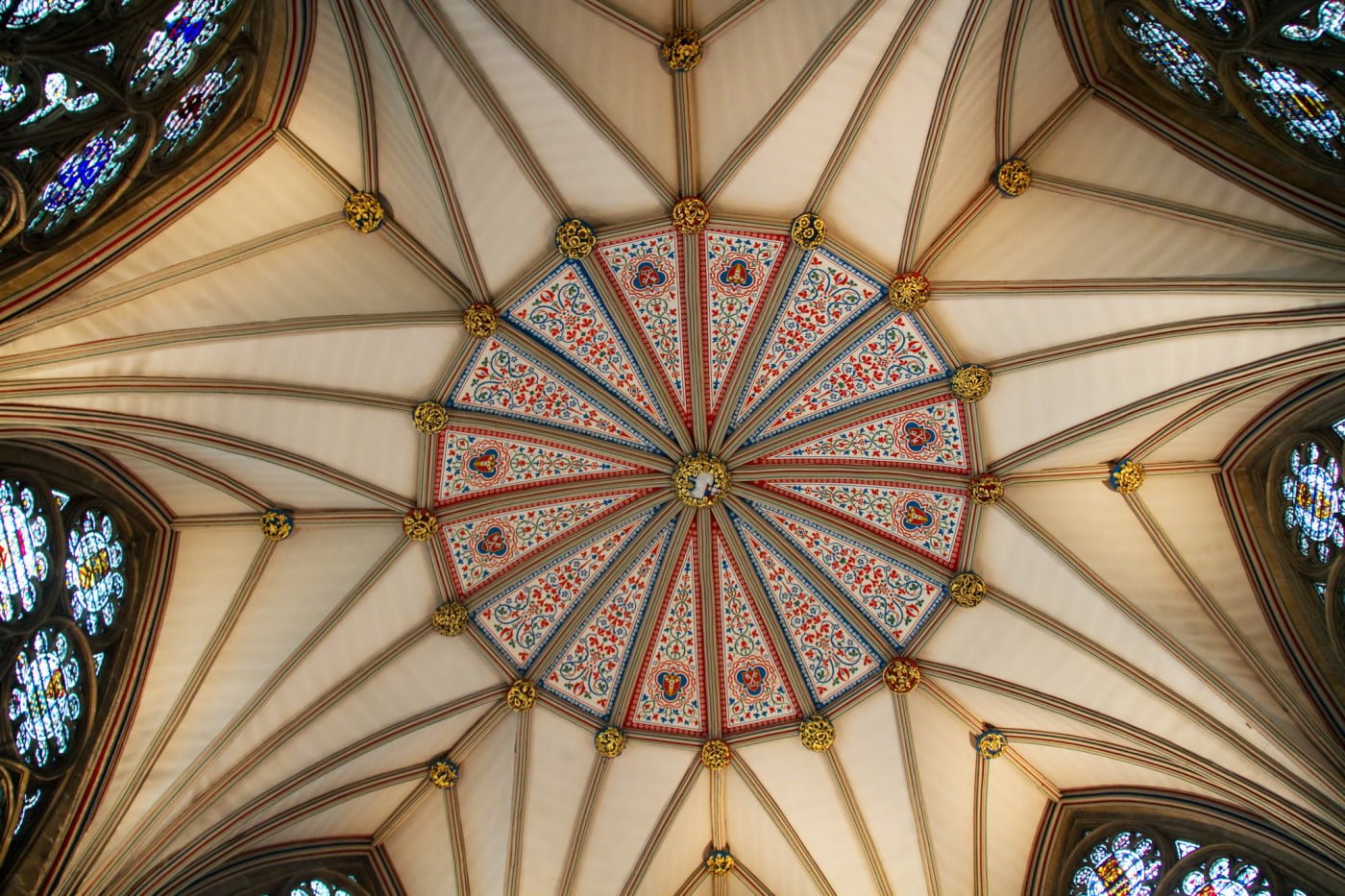
York Minster’s Chapter House dates to 1260 (Flickr/Tony Hisgett)
However, over recent years a cultural sea change has taken place within York’s medieval walls. It all kicked off in 2014, when York became the UK’s first UNESCO Creative City of Media Arts (“media arts” meaning any type of work that uses technology in its production). The status was achieved by a competitive bid for which numerous organisations collaborated to make the case for York’s creative prowess. York’s plethora of creative start-ups, local university investment in media arts facilities, and a City of York Council programme that emphasised culture and creativity all contributed to the success of the project.
Looking forward, this status ensures that culture and creativity must be placed at the centre of the city’s plans for development in the local area. It is hoped the city’s creative economy will double from £165m in 2015 to £330m in 2025.
Inspired by its title as a UNESCO Creative City, the first York Mediale – a 10-day media arts festival – this month showcased the exciting possibilities of art and technology. The festival saw exhibitions, installations, live performances, music and theatre come to York, as well as commissions from leading artists from around the world to the city, giving a platform to both local and national talent and demonstrating the creative energy with which the city gained its UNESCO status.
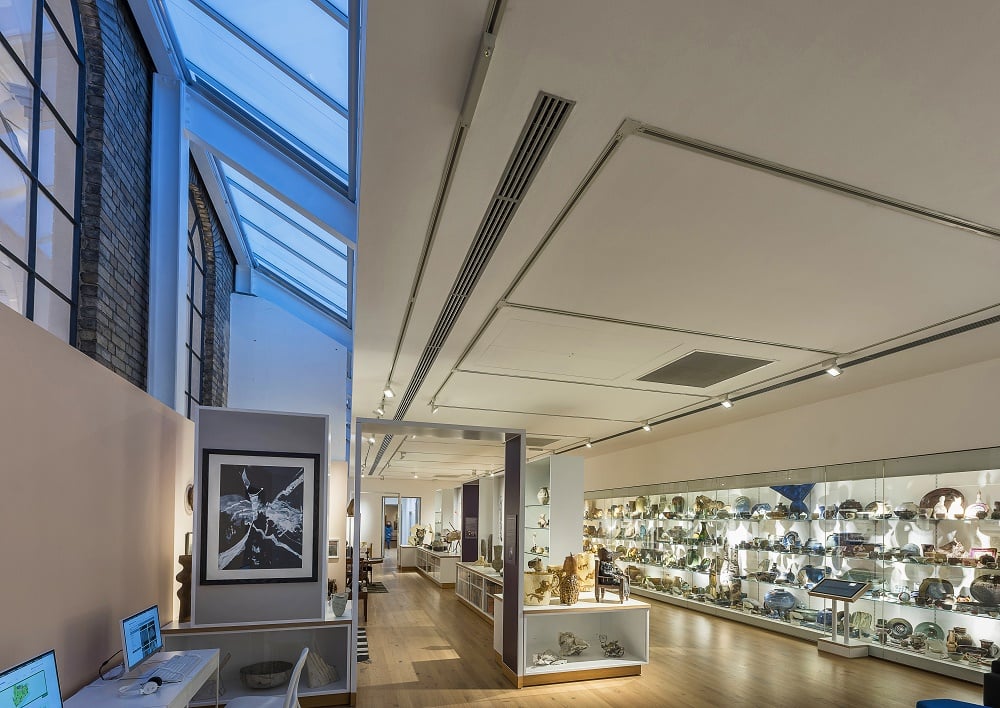
At the Centre of Ceramic Arts, a 17-metre long wall of pots, shows ceramics in the colours of the rainbow (York Art Gallery)
York’s recent artistic developments are not limited to media arts, however. 2015 saw York Art Gallery reopen following a major redevelopment that transformed the institution from a tired parochial museum to a welcoming and dynamic space for art and design. The gallery’s permanent collection offers fine examples of painting from the Renaissance to the contemporary era, while the programme of temporary exhibitions ensures that no two visits are the same. Since 2017, the gallery has also hosted the annual Aesthetica Art Prize.
Upstairs, the Centre of Ceramic Arts presents this discipline – which is often seen as dry and insignificant compared with art forms like painting and sculpture – in a way that is creative and refreshing. A 17-metre long wall of pots, for instance, exhibits a diverse array of ceramic forms arranged by colour according to the rainbow. The new gallery was lauded by critics and was named as a finalist in the Art Fund Museum of the Year Award 2016.
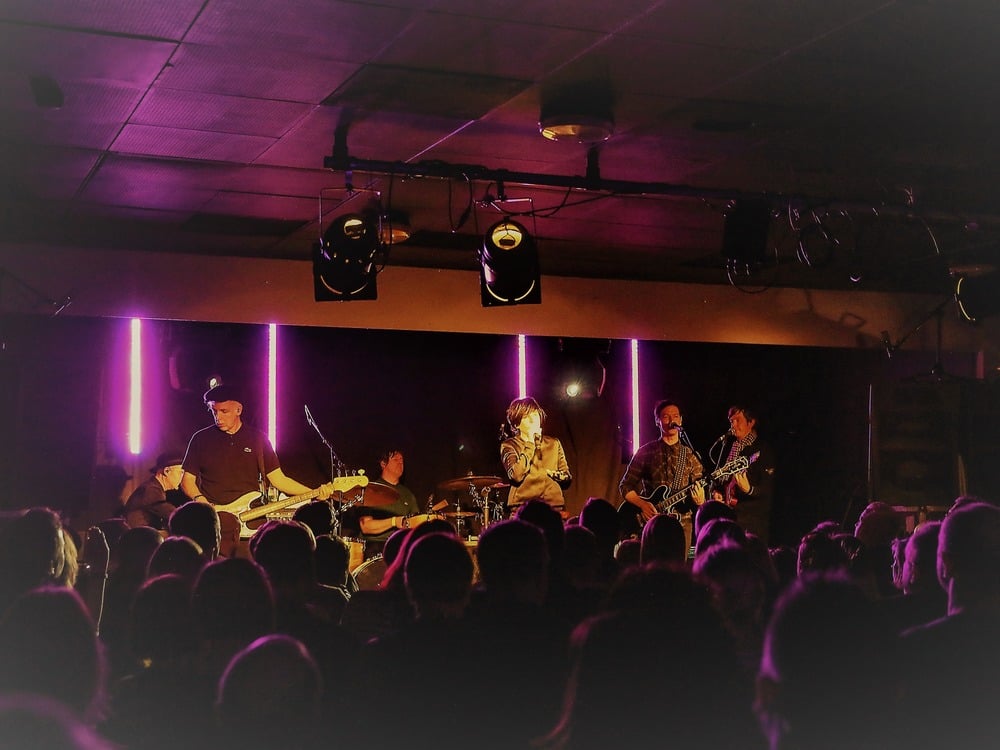
The Crescent Community Venue has gone from working men’s club to independent DIY venue (The Crescent Community Venue)
This explosion of creativity in York is by no means limited to the visual arts. Streets such as Fossgate and Bishopthorpe (‘Bishy’) Road have become saturated with independent shops and cafes in recent years. The Crescent Community Venue, a former working men’s club, has been given new direction and regularly hosts exciting up-and-coming bands from the local area and beyond. Spark, which opened in May 2018, is a dynamic space where trendy upcycled shipping containers house street food vendors and quirky retailers. The work of both emerging and established filmmakers is showcased in various venues across the city during the annual Aesthetica Short Film Festival.
York’s historic charm and undisputed prettiness will continue to draw in the tourists and day-trippers. However, the burgeoning creative scene has added another dimension to the city’s identity. With increased investment in the sector – and impetus from its UNESCO Creative City status – there is every chance York may soon eclipse Leeds and Manchester in contemporary creative appeal.
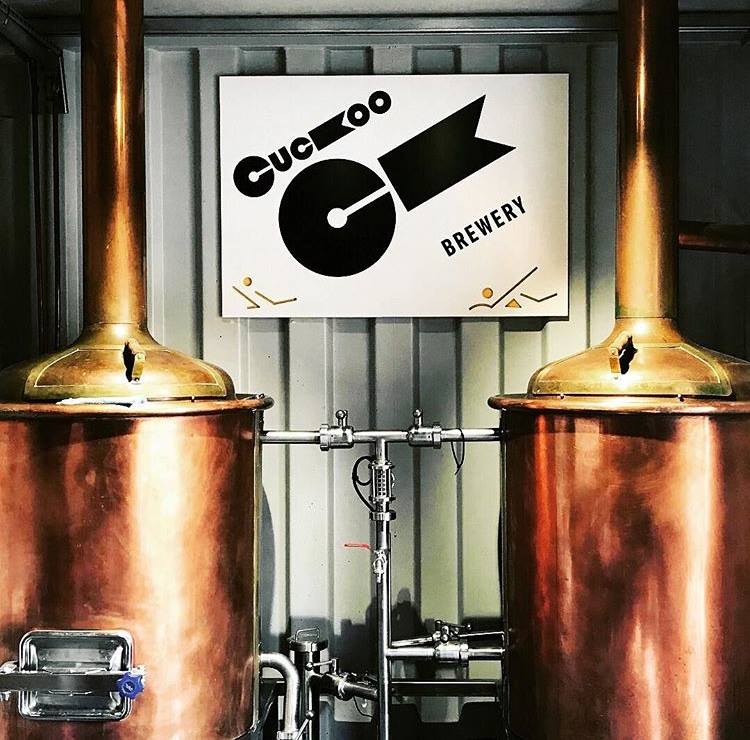
Spark has a micro-brewery, too (Spark/The Cuckoo Brewery)
Filed under: Art & Photography
Tagged with: Aesthetic Short Film Festival, Crescent Community Venue, York, York Art Gallery
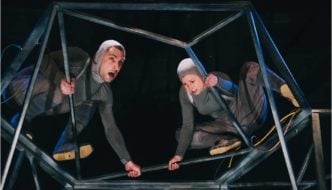

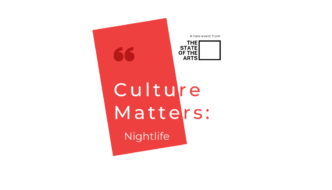
Comments